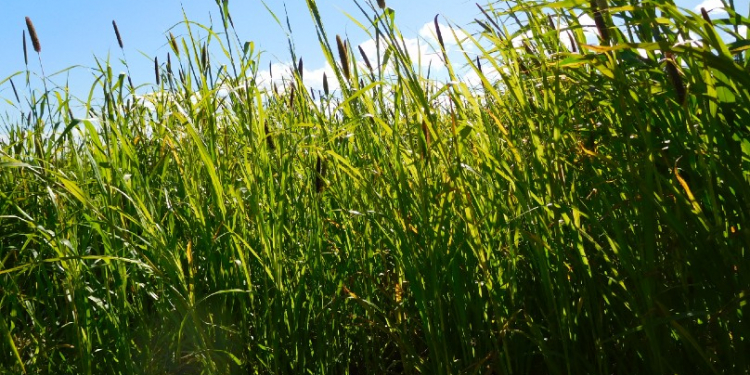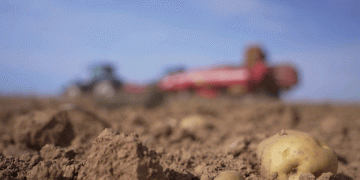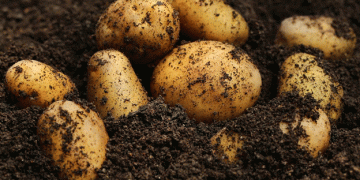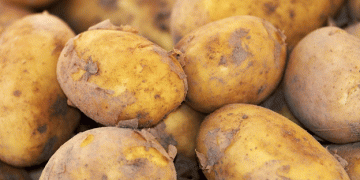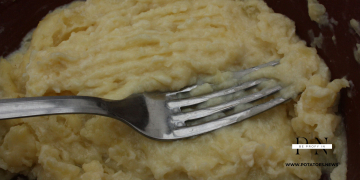Dr Judith Nyiraneza is a research scientist with Agriculture and Agri-Food Canada’s Charlottetown Research and Development Centre on Prince Edward Island. She and a team of colleagues conducted a two-year research study to evaluate the effects of pen-pack cow manure application (20 tonnes/ha), as well as a number of cover crops on nitrate dynamics and soil nitrogen (N) supply, potato yield, selected soil properties, and soil-borne diseases.
Dr. Nyiraneza’s research is one of several activities for Living Lab – Atlantic, which is part of the Living Laboratories Initiative, a new approach to agricultural innovation in Canada to connect various stakeholders (farmers, scientists, and other collaborators) to develop and test novel practices and technologies.
Improving soil quality
“Crop residues and organic amendments such as manure application can improve soil structure, increase organic matter in the soil and thus soil water holding capacity,” Dr Nyiraneza says. “Under intensive low residue agricultural systems such those involving potatoes, we know that stagnant crop yields, declining soil health and environmental quality are common issues.”
Dr Nyiraneza and her colleagues tested eight different cover crops during their study. They included grasses, legumes and/or a mixture of legumes and grasses and used red clover as a control.

The research team found that forage pearl millet was the crop that returned the most dry matter to the soil.
“On average, red clover had 88% higher total N returned to the soil than the treatments where we mixed grasses and legumes,” Dr Nyiraneza says. “Red clover was associated with higher soil nitrate in the fall before residue incorporation and overwintering, but this did not translate into increased potato yields.”
She notes that pearl millet and sorghum sudan grass were associated with lower soil nitrate in comparison to red clover, while associated with a higher total potato yield and a lower numerical value of root-lesion nematodes, even if this was not statistically significant.
The researchers further found that manure incorporation increased total and marketable yield by 28 and 26 per cent, respectively, and increased soil N supply capacity by an average of 44 per cent.
Soil microbial respiration as measured by carbon dioxide after a short incubation was increased by an average of 27 per cent following manure application.
“Our study quantified the positive effect of manure application and high residue cover crop on soil quality and potato yield for the province of Prince Edward Island,” Dr Nyiraneza concludes.
The study was described in the scientific journal plants here.
Living Laboratories Initiative
Dr. Nyiraneza’s research was done as a “Living Lab – Atlantic” activity – part of the Living Laboratories Initiative, a new approach to agricultural innovation in Canada. The aim of the initiative is to bring together farmers, scientists, and other collaborators to develop and test innovative practices and technologies.
Through a nation-wide network of ‘living labs’, the Living Laboratories Initiative focuses on innovative solutions to environmental issues related to agriculture, such as climate change, soil health, water quality and biodiversity. The goal of the Living Laboratories Initiative is to accelerate the development and adoption of sustainable practices and technologies by Canadian farmers. For more information, go here.
Find Agriculture and Agri-Food Canada (AAFC) on Facebook, Twitter and LinkedIn to see the recent Living Lab – Atlantic Virtual Field Trip from July 28. Hit the virtual road to various Living Lab – Atlantic sites throughout Prince Edward Island (PEI) and learn about the vital role that agriculture scientists and farmers have in protecting the environment and supporting sustainable farming.
